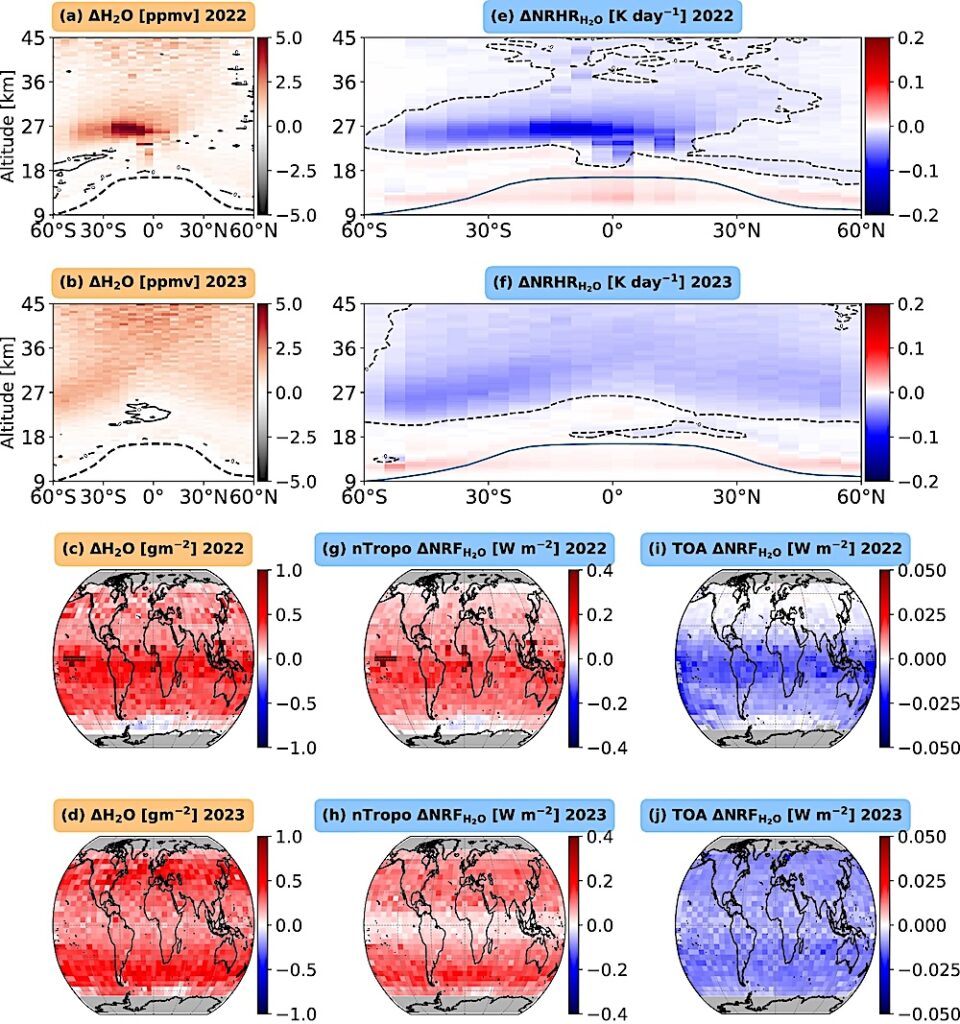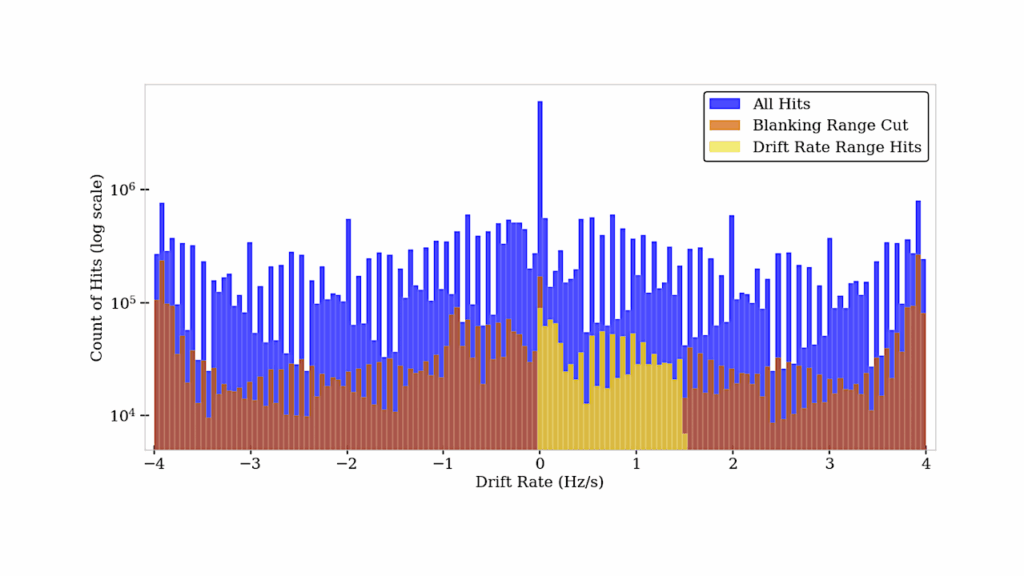A Resonant Sextuplet Of Sub-Neptunes Transiting The Bright Star HD 110067

Planets with radii between that of the Earth and Neptune (hereafter referred to as sub-Neptunes) are found in close-in orbits around more than half of all Sun-like stars.
Yet, their composition, formation, and evolution remain poorly understood. The study of multi-planetary systems offers an opportunity to investigate the outcomes of planet formation and evolution while controlling for initial conditions and environment.
Those in resonance (with their orbital periods related by a ratio of small integers) are particularly valuable because they imply a system architecture practically unchanged since its birth. Here, we present the observations of six transiting planets around the bright nearby star HD 110067. We find that the planets follow a chain of resonant orbits.
A dynamical study of the innermost planet triplet allowed the prediction and later confirmation of the orbits of the rest of the planets in the system. The six planets are found to be sub-Neptunes with radii ranging from 1.94 to 2.85 Re. Three of the planets have measured masses, yielding low bulk densities that suggest the presence of large hydrogen-dominated atmospheres.
R. Luque, H. P. Osborn, A. Leleu, E. Pallé, A. Bonfanti, O. Barragán, T. G. Wilson, C. Broeg, A. Collier Cameron, M. Lendl, P. F. L. Maxted, Y. Alibert, D. Gandolfi, J.-B. Delisle, M. J. Hooton, J. A. Egger, G. Nowak, M. Lafarga, D. Rapetti, J. D. Twicken, J. C. Morales, I. Carleo, J. Orell-Miquel, V. Adibekyan, R. Alonso, A. Alqasim, P. J. Amado, D. R. Anderson, G. Anglada-Escudé, T. Bandy, T. Bárczy, D. Barrado Navascues, S. C. C. Barros, W. Baumjohann, D. Bayliss, J. L. Bean, M. Beck, T. Beck, W. Benz, N. Billot, X. Bonfils, L. Borsato, A. W. Boyle, A. Brandeker, E. M. Bryant, J. Cabrera, S. Carrazco Gaxiola, D. Charbonneau, S. Charnoz, D. R. Ciardi, W. D. Cochran, K. A. Collins, I. J. M. Crossfield, Sz. Csizmadia, P. E. Cubillos, F. Dai, M. B. Davies, H. J. Deeg, M. Deleuil, A. Deline, L. Delrez, O. D. S. Demangeon, B.-O. Demory, D. Ehrenreich, A. Erikson, E. Esparza-Borges, B. Falk, A. Fortier, L. Fossati, M. Fridlund, A. Fukui, J. Garcia-Mejia, S. Gill, M. Gillon, E. Goffo, Y. Gomez Maqueo Chew, M. Güdel, E. W. Guenther, M. N. Günther, A. P. Hatzes, Ch. Helling, K. M. Hesse, S. B. Howell, S. Hoyer, K. Ikuta, K. G. Isaak, J. M. Jenkins, T. Kagetani, L. L. Kiss, T. Kodama, J. Korth, K. W. F. Lam, J. Laskar, D. W. Latham, A. Lecavelier des Etangs, J. P. D. Leon, J. H. Livingston, D. Magrin, R. A. Matson, E. C. Matthews et al. (52 additional authors not shown)
Comments: Published in Nature on November 30, 2023. Supplementary Information can be found in the online version of the paper in the journal
Subjects: Earth and Planetary Astrophysics (astro-ph.EP)
Cite as: arXiv:2311.17775 [astro-ph.EP] (or arXiv:2311.17775v1 [astro-ph.EP] for this version)
Journal reference: Nature 623, 932-937 (2023)
Related DOI:
https://doi.org/10.1038/s41586-023-06692-3
Focus to learn more
Submission history
From: Rafael Luque
[v1] Wed, 29 Nov 2023 16:20:09 UTC (3,213 KB)
https://arxiv.org/abs/2311.17775
Astrobiology








